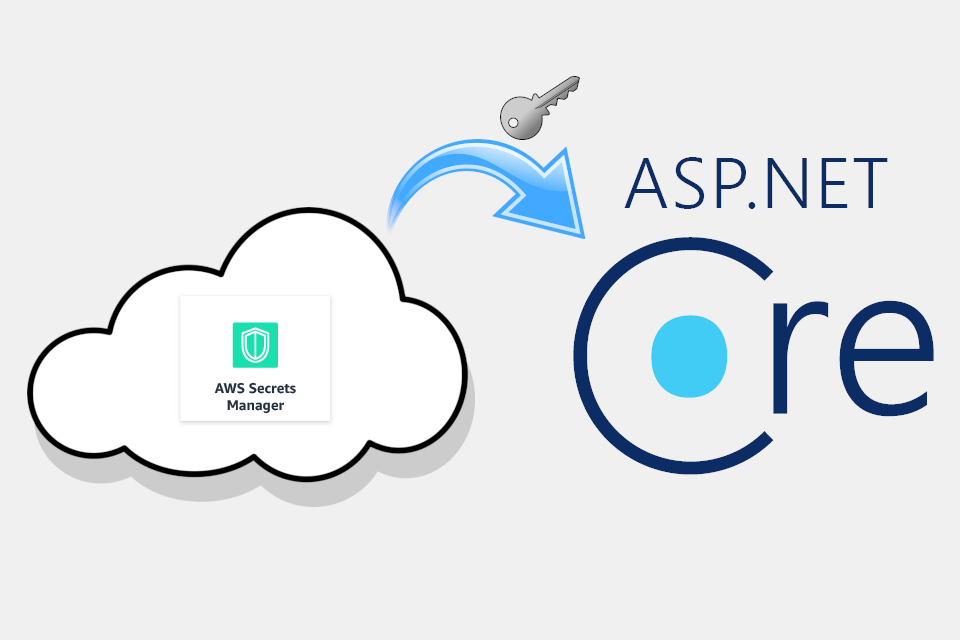1.1 Overview of Reporting in e-Discovery
1.1.1 Importance of reporting in tracking case progress and defensibility.
1.1.2 Key features of Everlaw’s reporting tools.
1.2 Types of Reports in Everlaw
1.2.1 Standard reports vs. custom reports.
1.2.2 Common use cases for each report type.
1.3 Hands-On Activity: Exploring Everlaw’s Reporting Interface
1.3.1 Participants will explore the reporting interface and generate a standard report.
2: Creating Basic Reports in Everlaw
2.1 Generating Case Summary Reports
2.1.1 How to create a report summarizing case data (document count, progress, etc.).
2.1.2 Customizing the report based on case details.
2.2 Creating Production Reports
2.2.1 Step-by-step guide to generating production reports.
2.2.2 Tracking the status of produced documents.
2.3 Hands-On Activity: Generating Basic Case and Production Reports
2.3.1 Participants will create case summary and production reports based on mock data.
3: Customizing Reports for Specific e-Discovery Needs
3.1 Understanding Report Customization Options
3.1.1 Modifying report templates for specific case requirements.
3.1.2 Filtering and sorting data in reports for targeted insights.
3.2 Adding Custom Fields to Reports
3.2.1 How to include metadata, tags, and custom fields in reports.
3.2.2 Best practices for adding relevant data to your reports.
3.3 Hands-On Activity: Customizing a Case Report
3.3.1 Participants will modify a case report by adding custom fields and filters.
4: Advanced Filters and Criteria in Report Generation
4.1 Applying Filters for Targeted Reporting
4.1.1 Utilizing advanced filters to narrow down report data.
4.1.2 Combining multiple filters for more granular reporting.
4.2 Creating Conditional Reports
4.2.1 Generating reports based on specific conditions (e.g., privileged documents, review status).
4.2.2 Using conditional logic in Everlaw reports.
4.3 Hands-On Activity: Generating Conditional Reports
4.3.1 Participants will apply filters and conditions to generate targeted reports.
5: Data Visualization in Everlaw Reporting
5.1 Understanding Data Visualization
5.1.1 The importance of visual data representation in legal reporting.
5.1.2 Overview of Everlaw’s data visualization features.(Ref: Integrating Everlaw with Other Legal Tools)
5.2 Creating Graphs and Charts in Reports
5.2.1 Step-by-step guide to adding visual elements to reports.
5.2.2 Customizing visualizations (charts, graphs) to enhance insights.
5.3 Hands-On Activity: Adding Visualizations to Reports
5.3.1 Participants will create a custom report with charts and graphs for data visualization.
6: Automating Report Generation in Everlaw
6.1 Scheduling Automated Reports
6.1.1 How to set up scheduled reports for ongoing cases.
6.1.2 Managing recurring reports and automated distribution.
6.2 Creating Report Templates for Reuse
6.2.1 Building reusable templates for different types of reports.
6.2.2 Best practices for maintaining consistency in report formats.
6.3 Hands-On Activity: Setting Up Automated Report Generation
6.3.1 Participants will schedule automated reports and create reusable templates.
7: Collaborative Reporting and Sharing in Everlaw
7.1 Collaborating on Reports with Team Members
7.1.1 How to collaborate with team members on report creation and review.
7.1.2 Managing access permissions for reports.
7.2 Sharing Reports with Internal and External Stakeholders
7.2.1 Securely sharing reports with clients, co-counsel, and other stakeholders.
7.2.2 Using Everlaw’s export options (PDF, CSV) for report distribution.
7.3 Hands-On Activity: Collaborating and Sharing Reports
7.3.1 Participants will collaborate on report creation and securely share reports.
8: Generating Defensible Reports for e-Discovery
8.1 Ensuring Defensibility in Reports
8.1.1 Best practices for generating reports defensible in legal contexts.
8.1.2 Documenting report creation processes for defensibility.
8.2 Auditing and Tracking Report Data
8.2.1 Using Everlaw’s audit features to track report creation and changes.
8.2.2 Presenting audit trails in court or to legal teams.
8.3 Hands-On Activity: Generating a Defensible Report
8.3.1 Participants will create a defensible report and review audit logs.
9: Advanced Analytics Reporting in Everlaw
9.1 Integrating Analytics with Reports
9.1.1 How to use advanced analytics tools within Everlaw for deeper insights.
9.1.2 Combining analytics data with custom reports for enhanced decision-making.
9.2 Building Complex Reports Using Analytics
9.2.1 Creating reports that include predictive coding, document clusters, and review patterns.
9.2.2 Best practices for presenting complex analytics data in an understandable way.
9.3 Hands-On Activity: Creating an Analytics-Driven Report
9.3.1 Participants will generate a report incorporating advanced analytics data.
10: Best Practices for Reporting in Everlaw
10.1 Maintaining Report Consistency and Accuracy
10.1.1 Ensuring accuracy through data validation and consistent practices.
10.1.2 Reviewing reports for completeness and accuracy before submission.
10.2 Troubleshooting Common Reporting Issues
10.2.1 Identifying and resolving common reporting issues in Everlaw.
10.2.2 Addressing data discrepancies and report errors.
10.3 Final Review and Q&A
10.3.1 Recap of best practices for report creation and management.
10.3.2 Final Q&A session to address participant questions.







Reviews
There are no reviews yet.